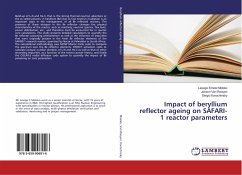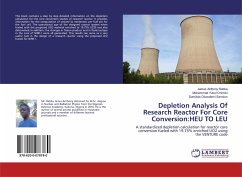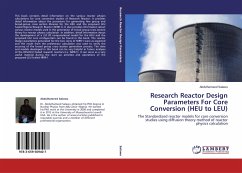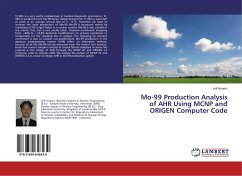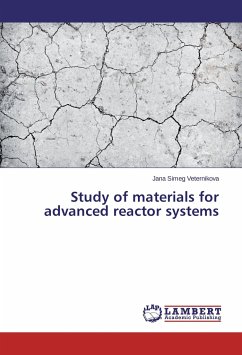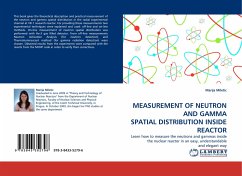Build-up of Li-6 and He-3, that is, the strong thermal neutron absorbers or the so called poisons, in beryllium (Be) due to fast neutron irradiation is an important topic in the management of all Be reflected reactors. The presence of these isotopes in the Be reflector changes the physical characteristics of the reactor, such as reactivity, neutron spectra, flux level, power distribution, etc., and therefore must be accounted for in reactor core calculations. This study presents detailed calculations to quantify the Be reflector poisoning phenomenon as well as the influence of impurities that were originally present in the fresh Be reflector elements of the SAFARI-1 research reactor, operated by Necsa at Pelindaba in South Africa. The calculational methodology uses MCNP Monte Carlo code to compute the spectrum over the Be reflector elements, FISPACT activation code to calculate isotopic number densities of Li-6 and He-3 as well as that of other secondary impurities, as a functionof the reactor power history, and finally the OSCAR-3 nodal diffusion code system to quantify the impact of Be poisoning on core parameters.
Bitte wählen Sie Ihr Anliegen aus.
Rechnungen
Retourenschein anfordern
Bestellstatus
Storno

